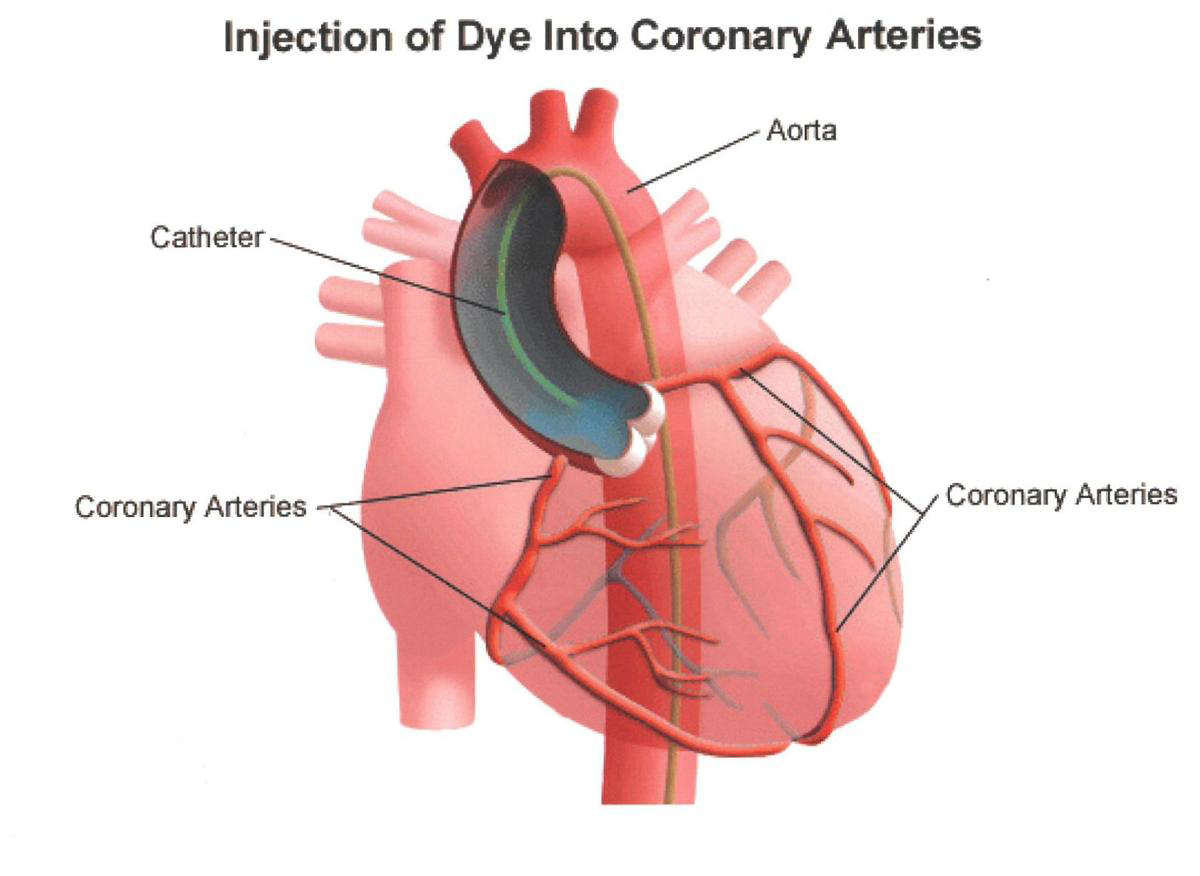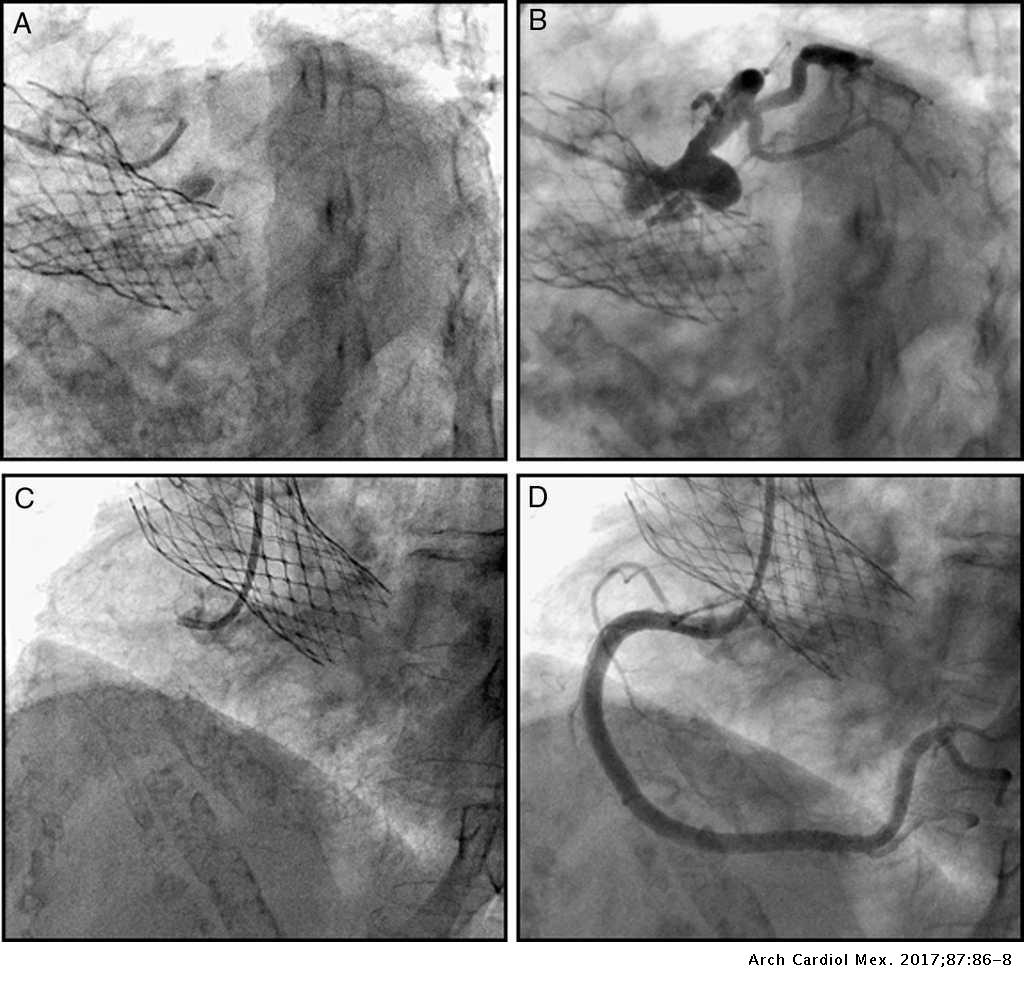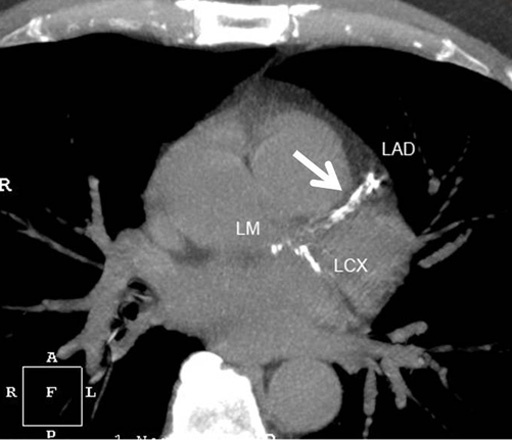Left heart catheterization is performed by passing the catheter through the artery. Selective right ventricular or right atrial angiography 93566 3.
 Health Library Tan Tock Seng Hospital
Health Library Tan Tock Seng Hospital
Cardiac catheterization cardiac cath heart cath is a procedure to examine the functioning of the heart.

Left and right heart catheterization selective coronary angiography. Other procedures can also be done at this time such as. You will be awake and. Indications for Right Heart Catheterization.
Angiography - left heart. It is sometimes combined with coronary angiography. The pressure is measured in the heart in this position.
Right Heart Catheterization Coronary Angiography and Percutaneous Coronary Intervention Sripal Bangalore MD MHA. How the Test is Performed. The technique uses the sheath intended for the femoral artery continuously infused and introduced following a particular technique.
Left ventricular or left atrial angiography 93565 2. Ventriculography to check the hearts pumping function. Left heart ventricular angiography is a procedure to look at the left-sided heart chambers and the function of the left-sided valves.
Cardiac catheterization has been a valuable tool in cardiovascular research and diagnosis. Bhatt MD MPH Right-Sided Heart Catheterization Flow-directed pulmonary artery catheters also called Swan-Ganz catheters after inventors Jeremy Swan and William Ganz were initially used to guide therapy after acute myo-. The resulting images are known as coronary angiograms or.
A contrast dye is injected into the blood vessel to view the valves arteries and heart chambers. The therapeutic role of left heart catheterization. The catheter is then moved through the aortic valve into the left side of your heart.
A percutaneous method via the brachial artery for left heart catheterization and selective coronary angiography is described. In the contemporary era left heart catheterization especially selective coronary angiogram is considered the gold standard test for coronary artery disease diagnosis. Cardiac catheterisation is an invasive diagnostic procedure that provides important information about the structure and function of the heart.
All diagnostic codes with the exception of right heart cath 93451 are bundled to include catheter placement injection and supervision interpretation. It is sometimes combined with coronary angiography. A catheter is inserted into a blood vessel of an arm or a leg guided by an X-ray camera.
Pulmonary angiography 93568 Its wikipedia but it might help lol. It usually involves taking X-rays of the hearts arteries coronary arteries using a technique called coronary angiography or arteriography. Selective coronary cineangiography developed by Sones has been one of the most important advances in this field.
Today selective coronary angiography. Coronary angiography with left and right heart cath including left ventriculography when performed 93460 Coronary angiography with left and right heart cath with angiography of bypass grafts including left ventriculography when performed 93461 NOTES. How the Test is Performed Before the test.
The procedure was performed with minimal complications over 18 months with multipurpose Schoonmaker or. The pulmonary vein and the ventriculogram and the left and right coronary angiograms. Left heart catheterization has a diagnostic as well as therapeutic role.
Over one-third of the patients were examined on an outpatient basis. So code selection would be 93460. Left heart ventricular angiography is a procedure to look at the left-sided heart chambers and the function of the left-sided valves.
Use of this root operation is necessary for valve replacement procedures including aortic mitral and. Before the test you will be given medicine to help you relax. DIAGNOSTIC CONGENITAL Right heart catheterization.
Although it is used for cardiac hemodynamics and assessment of valvular lesions its main diagnostic role is the assessment of coronary artery disease. 24 In the late 1950s Sones and Shirey 5 developed a new catheter technique that enabled direct probing of the right and left coronary ostia for selective injection of contrast dye into both coronary arteries. Moreover it has contributed to the progress of cardiac surgery and critical care medicine.
Right heart catheterization performed along with left heart catheterization coronary angiography or both is seldom medically reasonable and necessary unless one disease process appears to affect both sides of the heart or a different disease process appears to affect each side of the heart. This was a major improvement in diagnostic evaluation of coronary artery disease and was a prerequisite for coronary artery bypass surgery and percutaneous balloon angioplasty which were introduced during the next 2 decades. In each both coronary arteries were selectively catheterized from the femoral artery and contrast injections were filmed by direct serial radiography and cinephotofluorography.
This scenario outlines a right and left catheterization due to the placement of the catheters. Coronary angiography to look at the coronary arteries. With cardiac cathetersright left or boththere are additional procedures including coronary angiography and left ventriculography which are coded separately.
Supravalvular aortography 93567 4.

